
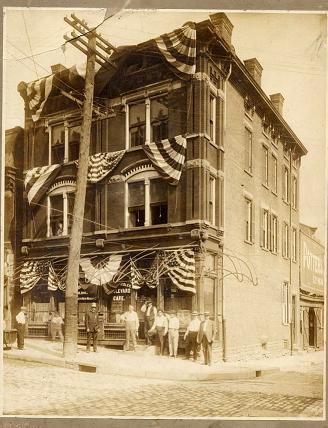
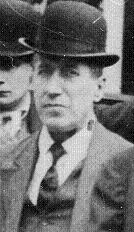
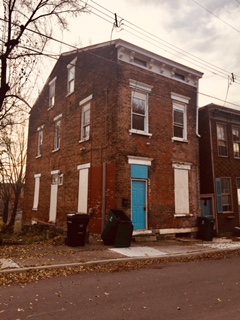
215 Renner Street
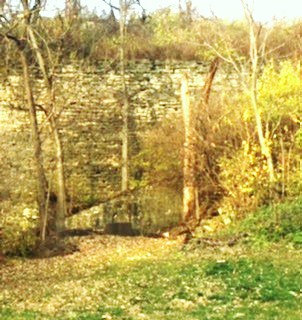
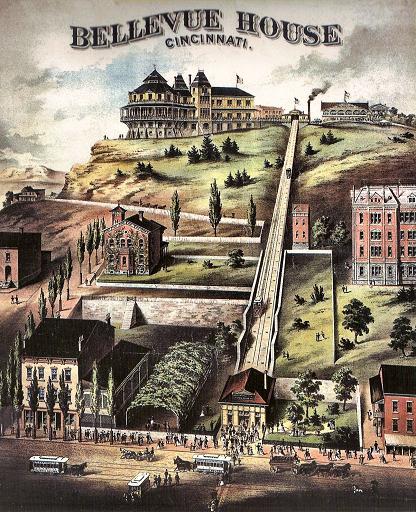




215 Renner Street


Cincinnati has one of the oldest continuous operating telescopes in North America; and our city is the ‘Birthplace of American Astronomy’.
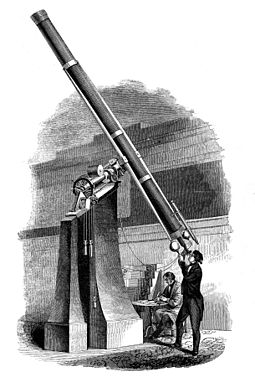
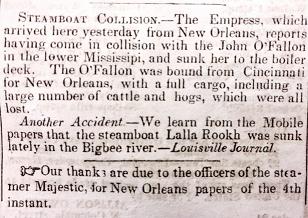
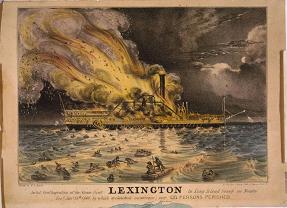
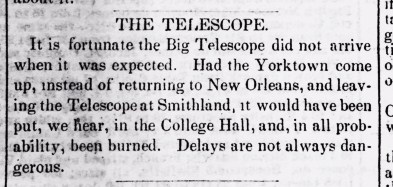
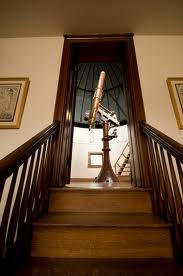
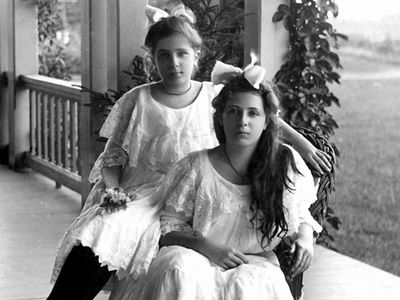
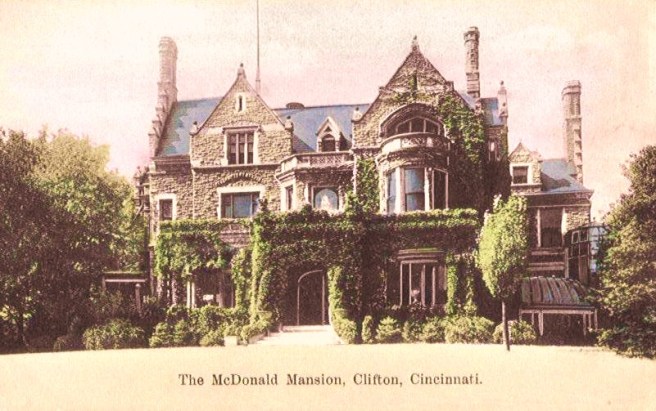
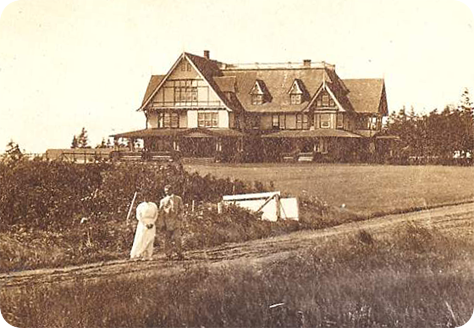
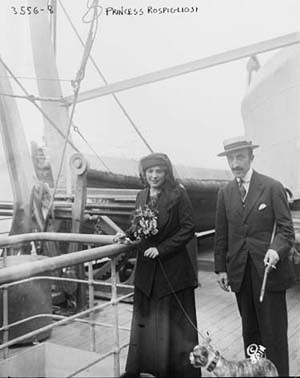
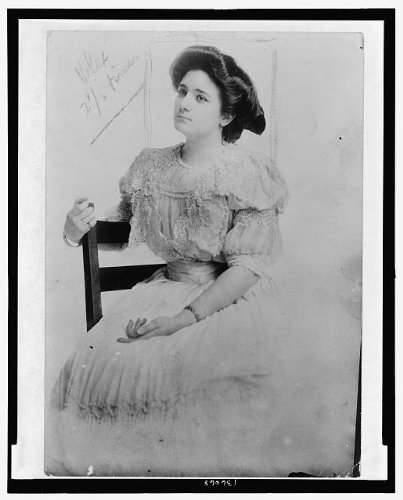
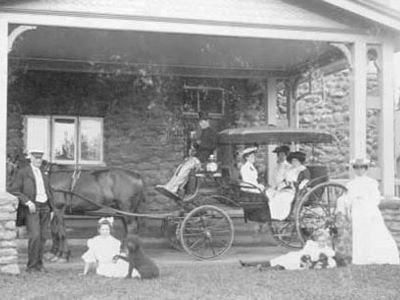
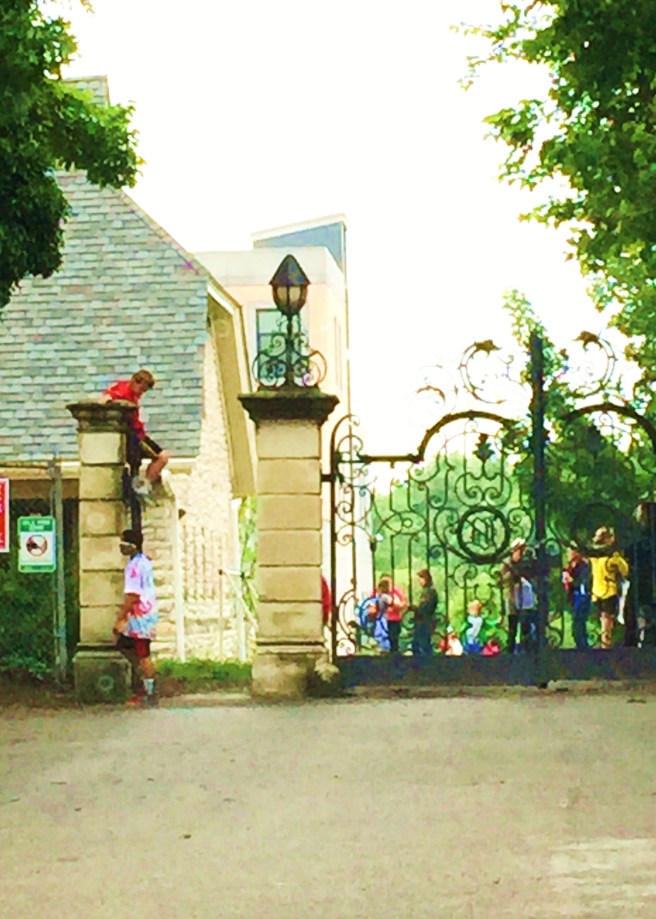
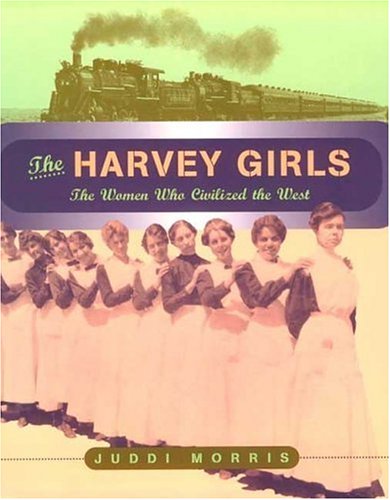
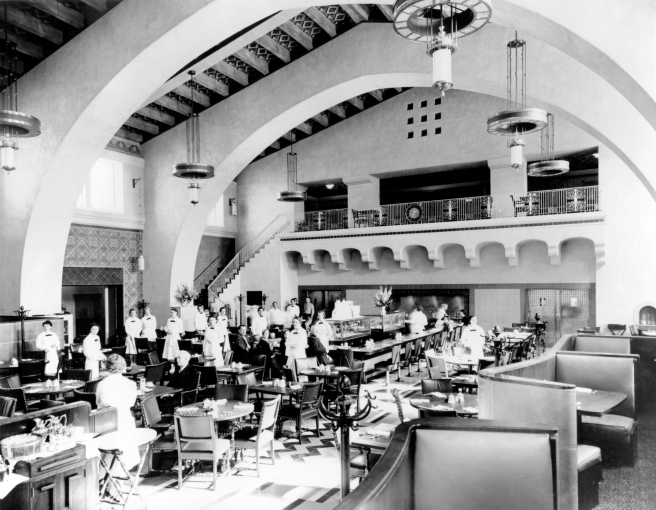
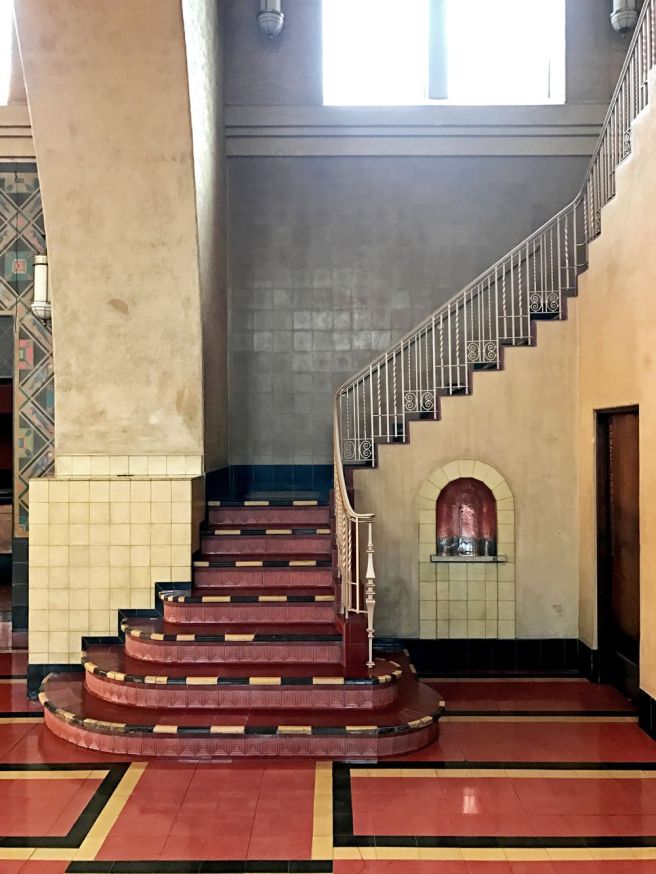
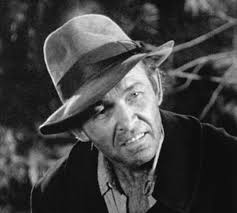
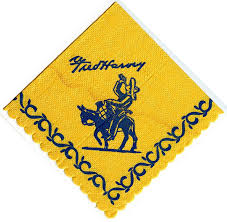
No one on our mother’s side of the family had a sense of business, except if it came through a pen, a paintbrush or a needle.
Aunt Dorella Kruea was the best to us when we were growing up..
We knew she had been a Becker.
Her mother was Lily, a dressmaker in the census of 1910; a daughter of German immigrants (Kohlbrand), Hamburg/Jewish. LiIy’s mother was a ‘costumer’ in 1909 in Over-the-Rhine district of our city,.
Dorella’s father was an ‘Ornamental Painter’…and between the two of them had a wonderful child we got to call Dorella, a combination of Lily’s two sisters who died, Dora and Ella.
As children we thought Dorella was the best artist ever. Paintings of gorgeous women, artist of sheet cover music, and married to our amazing artist Uncle Charles. They had no children….
Dorella and Charles having no children, their house a stunning art object in and of itself, didn’t stop our mother, raised by these two people, from going to them every chance she could.
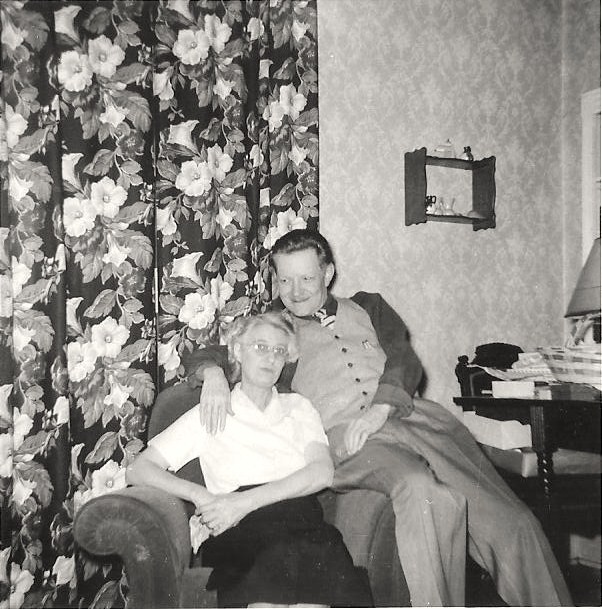
When Charles died in 1952 I’m sure Dorella was beside herself.
Her talent came forward…using Uncle Charles WWI Army flags, his uniforms, epaulets and trim, Dorella made for the 3 of us children the best outfits ever. Her version of Indian outfits. The costumes told of our own Native American heritage, a g-g-g-grandmother was a Shawnee of West Virginia.
October 12th is the birthday of another favorite aunt; Eva (her in the photo of a child holding the Victory flag). Born on that day we formerly know as Columbus Day, I can see her hand held high now in her kitchen when singing the Marseilles in tribute to her brothers (Charles and Fred) being on the Western Front in France….and reciting outloud patriotic poems she’d learned as a child in the 1900’s.
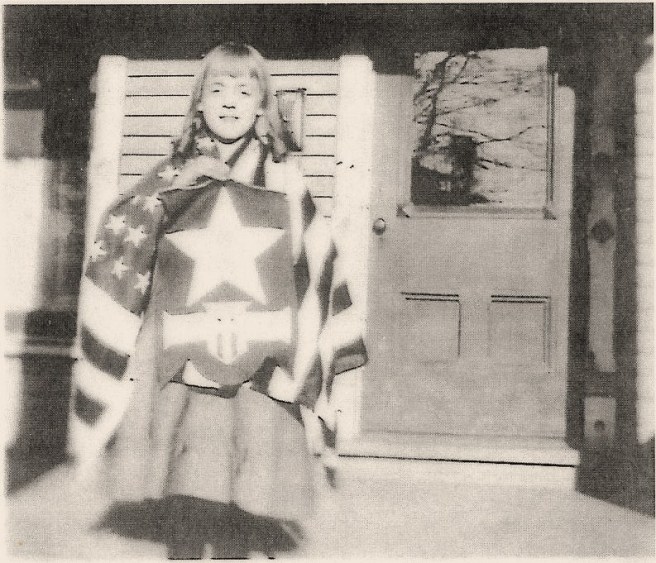
Those days won’t come again…a 90-year-old aunt showing her strength and Yankee resilience, not to mention, though she wouldn’t have joined, a candidate for the DAR, our other Aunt of Jewish descent, our Native American heritage going up in smoke because we are definitely not close enough to the origins to claim much but through ancestry records.
We’re just a small piece in the complicated genealogy pie, however. We are low on the percentage scale…..though our father’s surname, Williams, puts our family 5th on the list of hundreds of Native names used today in the United States.
Thinking on all this, maybe it’s okay NOT to burn this photo for my granddaughter to NOT see; given the shame our society is going through with this used to be Columbus Day we can all earn to live without. if we need to. As I said, I am in hope I don’t need to burn this little photo of the 3 of us kids in these politically incorrect as all hell outfits. All that’s left is the photo, the costumes have shredded from play long years past, and the fact that our hearts remain open with understanding that we’re alike, we’re different and we love that.
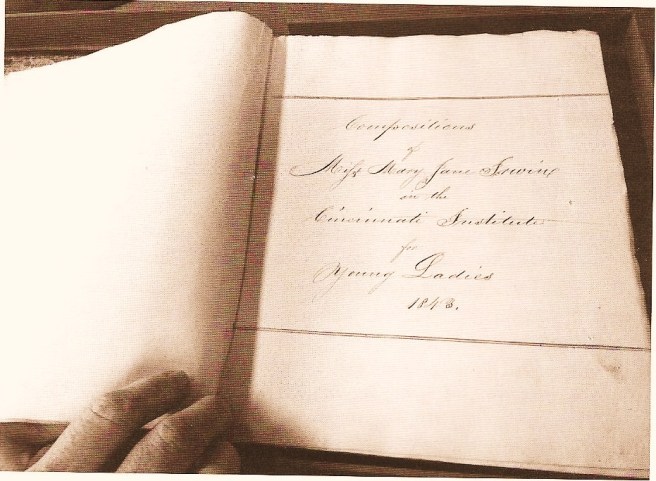
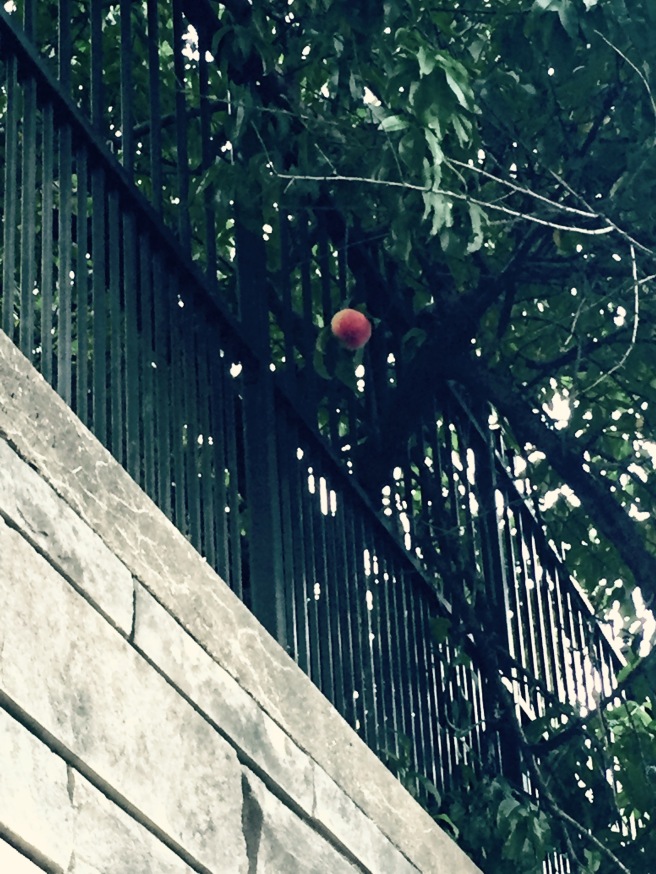
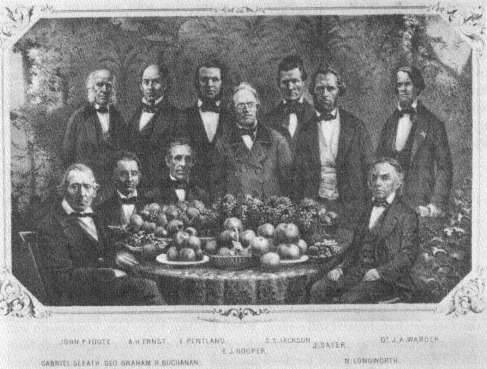
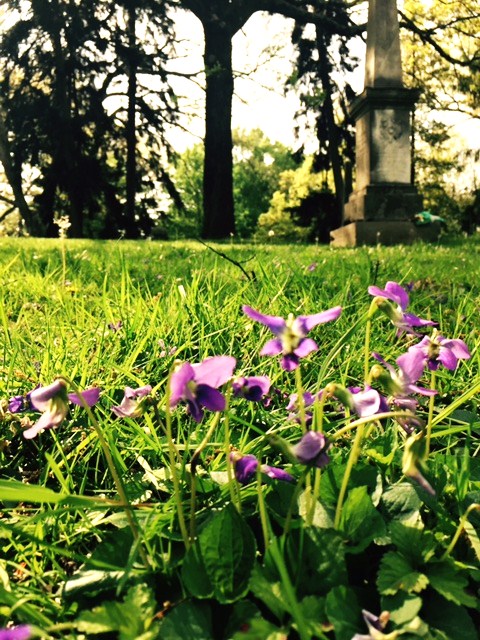
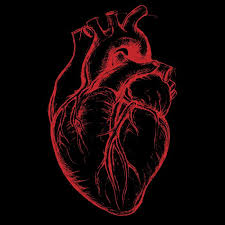
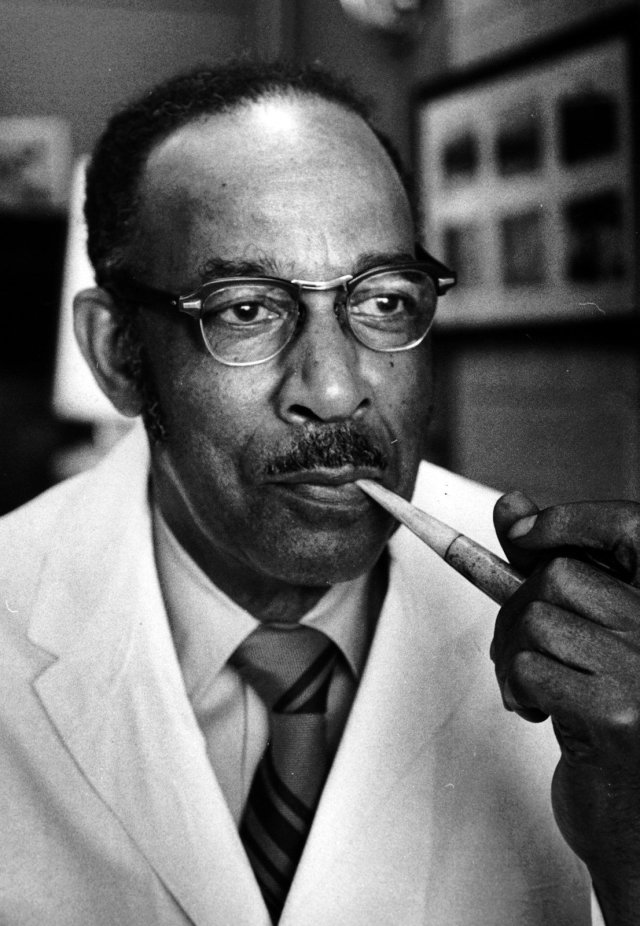
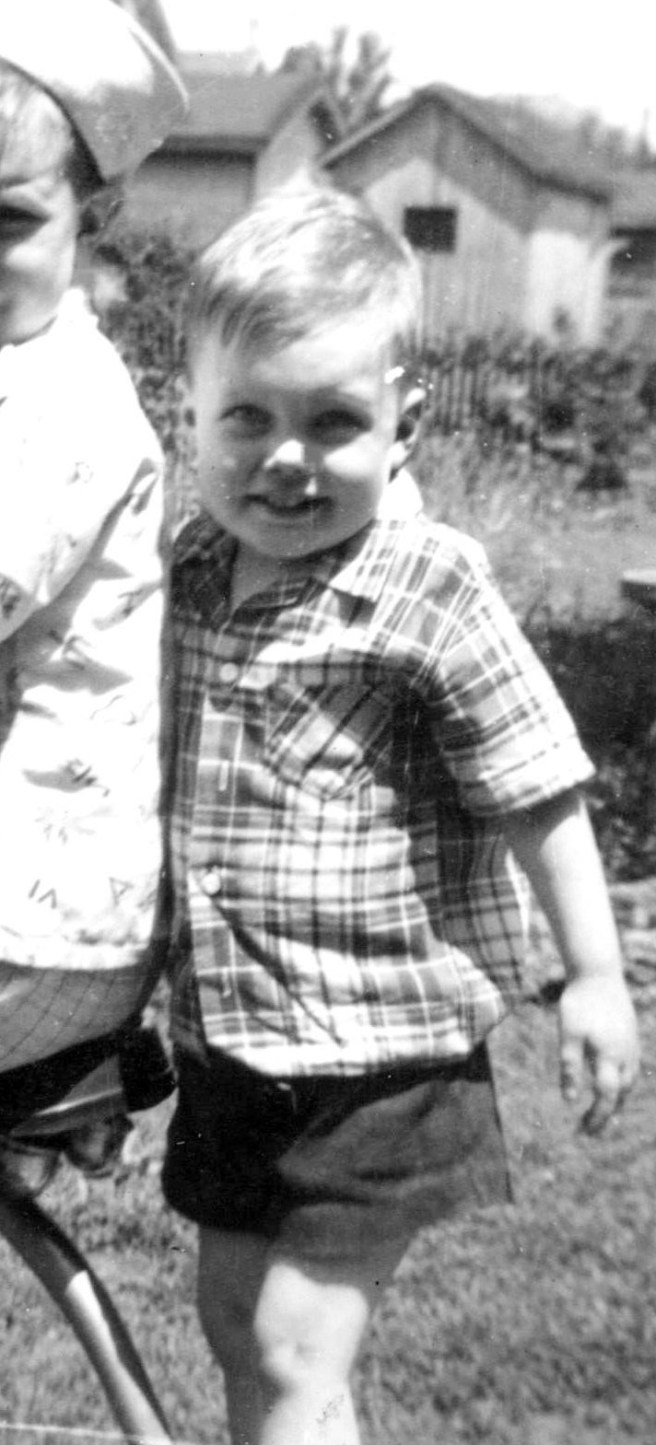
In another place in ‘real president’s-time’, a U.S. President lasted a mere 30 Days, 12 Hours, 30 Minutes in Office. And he had a collective of women to help him get into that off…
Source: CINCINNATI PRESIDENTIAL OVERLOAD
In another place in ‘real president’s-time’, a U.S. President lasted a mere 30 Days, 12 Hours, 30 Minutes in Office.
And he had a collective of women to help him get into that office.
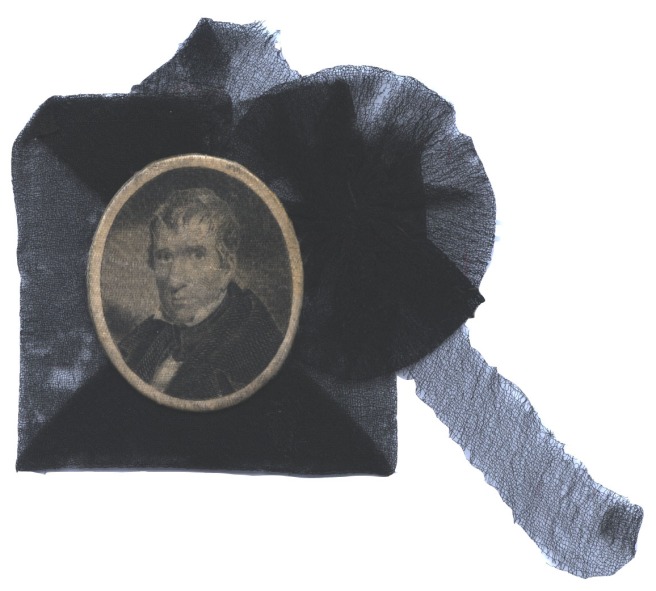
Shortest serving First Lady, to 9th U.S. President William Henry Harrison of North Bend, Ohio….Jane Irwin Findlay Harrison Whiteman (a long name and story) went to the White House in February, 1841, for her father-in-law’s inauguration, in place of Harrison’s wife, Anna, who felt it a long arduous journey from North Bend, Ohio.
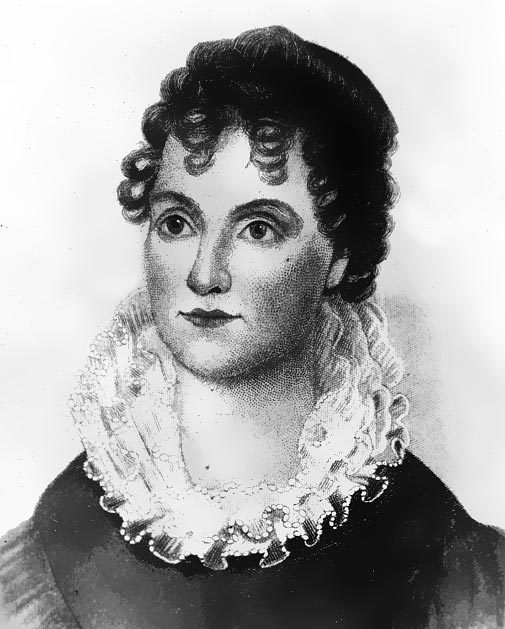
Jane Irwin Findlay Harrison, William and Anna Harrison’s recently widowed young daughter-in-law (son W.H.Harrison, Jr. died in 1838, after a long illness commonly known then as the drink); and mother of their grandchildren, was just the right person to go along with the new President Harrison, her sister-in-law Anna Harrison Taylor of Virginia would come too.
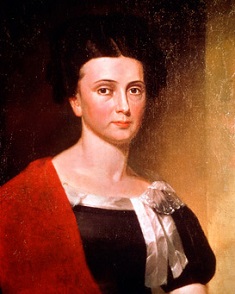
On a peculiar role Jane Harrison would find her life as both maternal and paternal aunt to future president Benjamin Harrison. Jane and her sister Elizabeth’s first cousin Mary Anne married another Harrison son, Carter. Jane I. F. Harrison Whitman’s sister Elizabeth Ramsey Irwin (1840-1850) married Wm. H. Harrison’s other son, John Scott Harrison and bore their son, Benjamin, 23rd U.S. President.
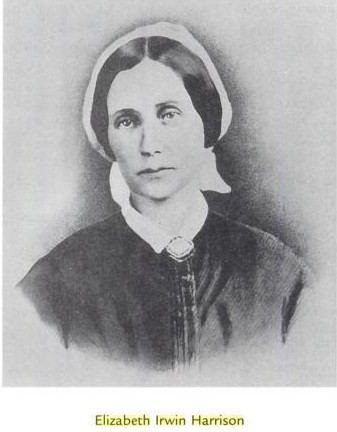
Young, vivacious Jane, also a niece and foster daughter of Cincinnati’s Mrs. James/Jane Findlay (The Market People, whose husband James was buddies with Pres. Wm. H. Harrison), who at 73, escorted Jane Harrison and Anna to Washington for the soirees, dinners, parades and all the formalities we have come to expect with a Presidency, arrived for all the bells and whistles attached to such celebrations.
Both Jane’s and Anna’s stays in D.C. in 1843 would be tragically brief; the President succumbed to ailment (current theories are septic shock) on April 4, 1841. In the official Presidential Deathbed Portrait we see two young women mourning this death. One woman is Jane the daughter-in-law, alongside her is W.H.H. daughter, the Mrs. William H. Harrison’s first lady’s namesake, Anna Harrison Taylor.
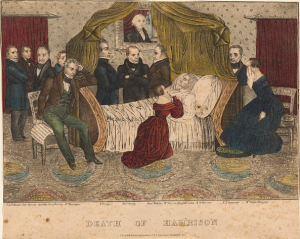
Elderly Aunt Jane Findlay returned to Cincinnati, living at Broadway and Arch Street—hosting a lively family and social life that whirls the mind of any reader seeing her list of visitors.
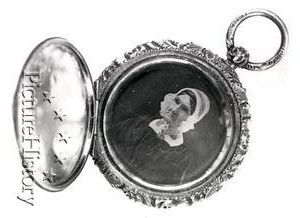
Anna Harrison Taylor, the president’s daughter, would return to Virginia, living in her father’s birthplace until her death.
Two years after Harrison’s death, in 1843, John Quincy Adams would come to Cincinnati, after much polite begging in written invitations…to lay the Cincinnati Observatory Cornerstone in anticipation of the soon to arrive German Merz & Mahler telescope Ormsby McKnight Mitchel would personally buy and retrieve back to Cincinnati in 1845; it’s why we named it MT. ADAMS. The Irwin and Findlay families were on hand for this Cincinnati milestone, making history was in their blood.
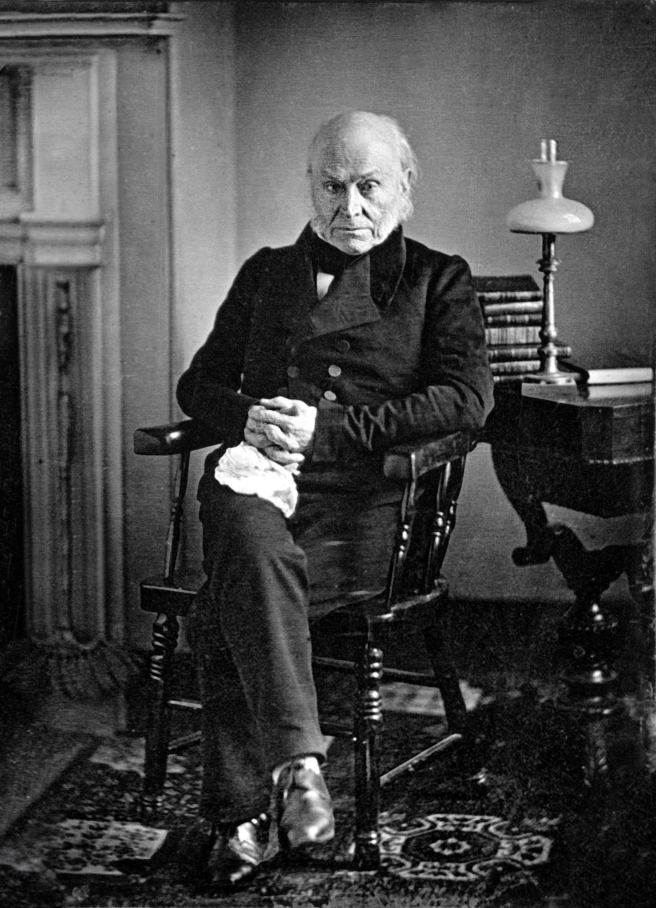
35-year old Jane I. F. Harrison married prominent Cincinnatian Lewis Whiteman; she died in 1847 of the that melancholic and most mean of diseases, tuberculosis.
She’s buried in Spring Grove Cemetery…as is her Aunt Jane Irwin Findlay and Lewis Whiteman, and her children.
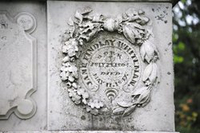
With even the casual reader we see, maybe 3 degrees of separation between these Cincinnati people and history. And I didn’t even touch the Cincinnati’s President Taft.